In our technological world, power sources like 12V batteries are pivotal in ensuring the operation of many devices. These batteries are the popular choice because of their compact design yet offer tremendous power and versatility, spanning a plethora of uses from small appliances to cars and even renewable energy systems. Understanding their composition and operation can be immensely beneficial in harnessing their full potential.
This comprehensive guide will delve into the mechanics, maintenance, and versatility of 12V batteries. It will also reveal valuable tips for maximizing battery service life, ensuring that your devices run efficiently for a periods of time. So, whether you’re a technology enthusiast or a curious novice, this ultimate guide to 12V batteries will equip you with the essential knowledge you need.



Understanding the Mechanics of a 12V Battery
The operation of a 12V battery centres on an elegant simplicity. These batteries generate power through chemical reactions, producing an electric charge that is then channelled to power devices. The term “12V” refers to the voltage, which signifies the force at which electricity is discharged. A higher voltage often equates to a more powerful battery technology.
The inner workings of a 12V battery involve a complex dance of electrons, and understanding this can reveal the magic behind the mundane. These reactions catalyze when a circuit – a closed route – is formed, allowing the flow of electricity to take place. This is where the role of batteries and circuits come into play.
What is the difference between 12V Batteries and Deep Cycle Batteries?
12V batteries and deep cycle batteries are both types of lead-acid batteries commonly used for various applications, but they serve different purposes and have distinct characteristics.
- Voltage Rating:
- Both 12V batteries and deep cycle batteries typically operate at 12 volts. This volt battery is standard for many automotive and marine applications.
- Design and Construction:
- 12V batteries: These batteries are designed primarily for starting engines in vehicles such as cars, trucks, motorcycles, boats, etc. They are built to deliver short bursts of high power to crank the engine and start it quickly.
- Deep cycle batteries: Deep cycle batteries, on the other hand, are designed to provide a steady amount of power over a longer period. They are constructed with thicker plates and are capable of discharging a greater portion of their capacity without sustaining damage. This makes them suitable for applications requiring sustained power delivery over time, such as powering electric trolling motors, RVs, solar energy storage systems, golf carts, and electrical appliances.
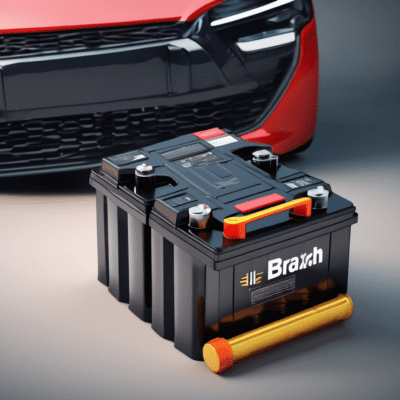


- Discharge Depth:
- 12V batteries are not designed to be deeply discharged regularly. Doing so can significantly reduce their lifespan and performance.
- Deep cycle batteries are specifically engineered to tolerate deep discharges regularly without suffering damage. They can be discharged to a much lower percentage of their capacity (typically up to 50-80%) without negatively affecting their longevity.
- Usage:
- 12V batteries are commonly used in vehicles and other applications where short bursts of high power are required, such as starting an engine.
- Deep cycle batteries are used in applications where sustained, deep discharges are necessary, such as providing power to electrical systems in RVs, boats, off-grid solar systems, etc.
- Lifespan:
- Due to their design, deep cycle batteries generally have a longer lifespan compared to 12V batteries when used in applications requiring frequent deep discharges.
In summary, while both 12V batteries and Deep Cycle Batteries operate at the same voltage, they are designed for different purposes. 12V batteries are optimized for providing high bursts of power to start engines, while deep cycle batteries are built to deliver sustained power over longer periods and withstand regular deep discharges without significant damage.



The Role of Batteries and Circuits
Batteries and circuits have an inexplicably intertwined relationship. A circuit, like a racetrack, serves as a pathway for electric charge to flow. When a switch or a device is connected, the circuit is completed, facilitating the movement of charge from the battery. This flow is then converted into work, illuminating bulbs, or powering motors, for instance.
However, a circuit isn’t complete with just a battery and a switch. Resistances, like bulbs or motors, also play a key role in controlling the amount of current flowing, ensuring that your devices don’t overload and are kept safe. Consequently, the understanding of batteries, circuits, switches, and resistances is essential in maximizing the use of a 12V battery.
Recharging and Maintaining Your 12V Battery
A 12V battery, impressive as it may be, isn’t invincible. Over time, the chemical reactions that power the battery gradually deplete, requiring the battery to be recharged. Regularly topping up your battery can significantly improve the battery shelf life and performance, allowing you to continually enjoy the benefits it provides.
Recharging a 12V battery is often a straightforward process. However, certain techniques can be employed to ensure effective and efficient recharging, prolonging the time between each recharge cycle and reducing the wear and tear on your battery.
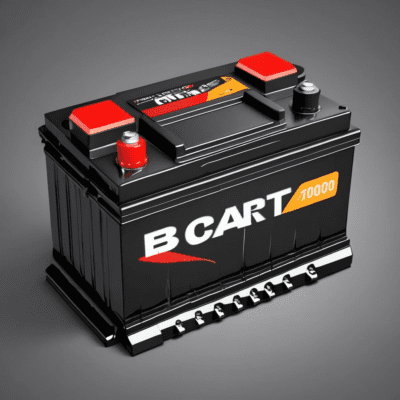


Effective Recharging Techniques
When recharging, ensure that the charging current isn’t too high to avoid damaging the battery. A battery charger with an automatic regulator can be utilised to optimise the charging process. Furthermore, occasional deep discharges to about 20% capacity can help keep your battery’s capacity high.
Remember, it’s not just about recharging. Storing your battery properly when not in use is also crucial. Keep your 12V battery in a cool, dry place and disconnect any devices to prevent unnecessary discharge. Together, these techniques can vastly increase the longevity of your battery, allowing for extended use.
The Versatility and Uses of 12V Batteries
The versatility of 12V batteries is simply extraordinary. Their compact size and substantial power output make them suitable for a myriad of applications. From powering small electronics to being a vital component in motor vehicles and renewable energy systems, these batteries encompass a wide range.
With so many types and applications, it’s no wonder 12V batteries are so widely utilised. Their unique characteristics make them the power tool batteries of choice for many devices and systems, and understanding their different types and applications can help you choose the right battery for your needs.



Types and Applications of 12V Batteries
The varied types of 12V batteries include lithium-ion, lead-acid, and gel batteries, each with its unique attributes. Lithium-ion batteries are lightweight, recharge quickly, and tend to have high energy densities, making them ideal for portable gadgets. Lead-acid batteries, commonly found in car batteries, are reliable and cost-effective. Gel batteries are leak-proof and maintenance-free, typically used in emergency lighting and alarm systems.
The specific advantages of each 12V battery type determine their optimal applications. By understanding these advantages, you can select the perfect battery to power your devices and meet your energy needs. Remember, though, like all batteries, the 12V ones require regular maintenance and care to function at their best.
Tips for Maximising 12V Battery Life
Maximising battery life isn’t magic – it’s science. Through proper usage, regular maintenance, and cautious recharging, you can significantly extend the lifespan of your 12V battery.
Whether you’re using a lithium-ion 12V battery to power your portable devices or a lead-acid 12V battery for your vehicle, understanding the best ways of caring for and maintaining your battery is a wise move.
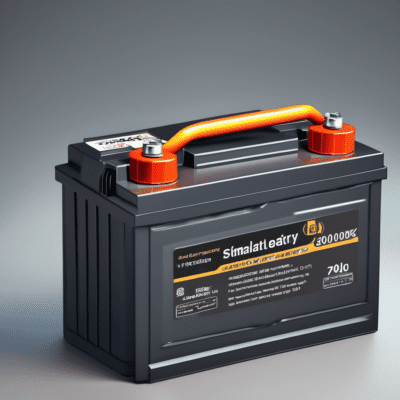


Battery Care and Maintenance Best Practices
Regularly cleaning your battery terminals can prevent build-up that might hamper performance. Also, keeping your battery fully charged, especially during storage, aids in prolonging its life. And, of course, using a high-quality charger suitable for your battery type ensures safe and efficient recharging.
The key to maximising 12V battery life within a period of time lies in understanding its mechanics, proper recharging, and usage practices. With these tips and best practices, you can ensure that your 12V battery continues to power your world for a long time to come.



Frequently Asked Questions About 12V Batteries
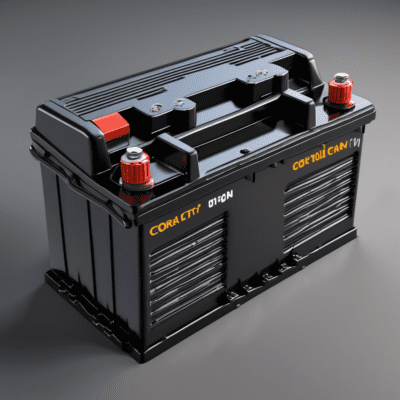


12V batteries are common types of versatile power sources used in automotive, marine, and recreational applications. They provide electrical power at a voltage of 12 volts and are essential for starting engines in vehicles like cars, trucks, motorcycles, and boats. While primarily designed for engine starting, they can also power various accessories such as lights, radios, and winches.
Proper maintenance, including keeping terminals clean, ensuring proper electrolyte levels, and periodic voltage checks, can prolong the lifespan of a 12V battery, which typically ranges from 3 to 5 years or more. Recharging a 12V battery is possible using a suitable battery charger, following manufacturer recommendations to avoid damage.
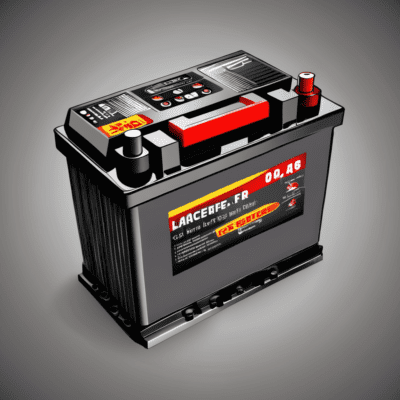


It’s important to distinguish between 12V starting batteries and deep cycle batteries, with the former optimized for short bursts of high power and the latter designed for sustained power delivery over longer periods.
Overall, 12V batteries play a crucial role in numerous applications beyond engine starting, including off-grid solar systems, backup power solutions, and more. Understanding their capabilities, maintenance requirements, and appropriate usage can ensure reliable performance and longevity.





